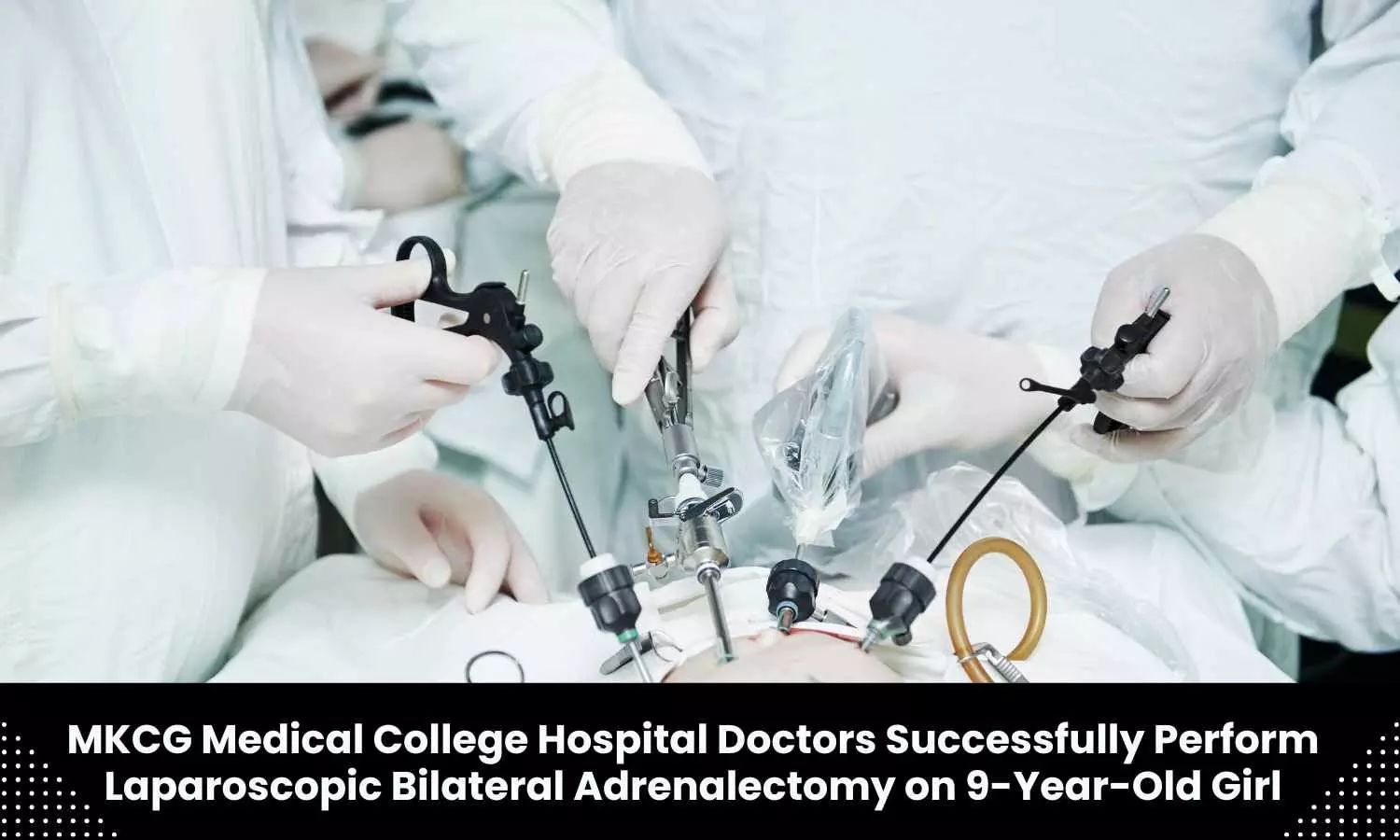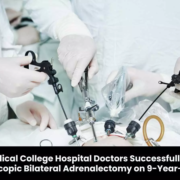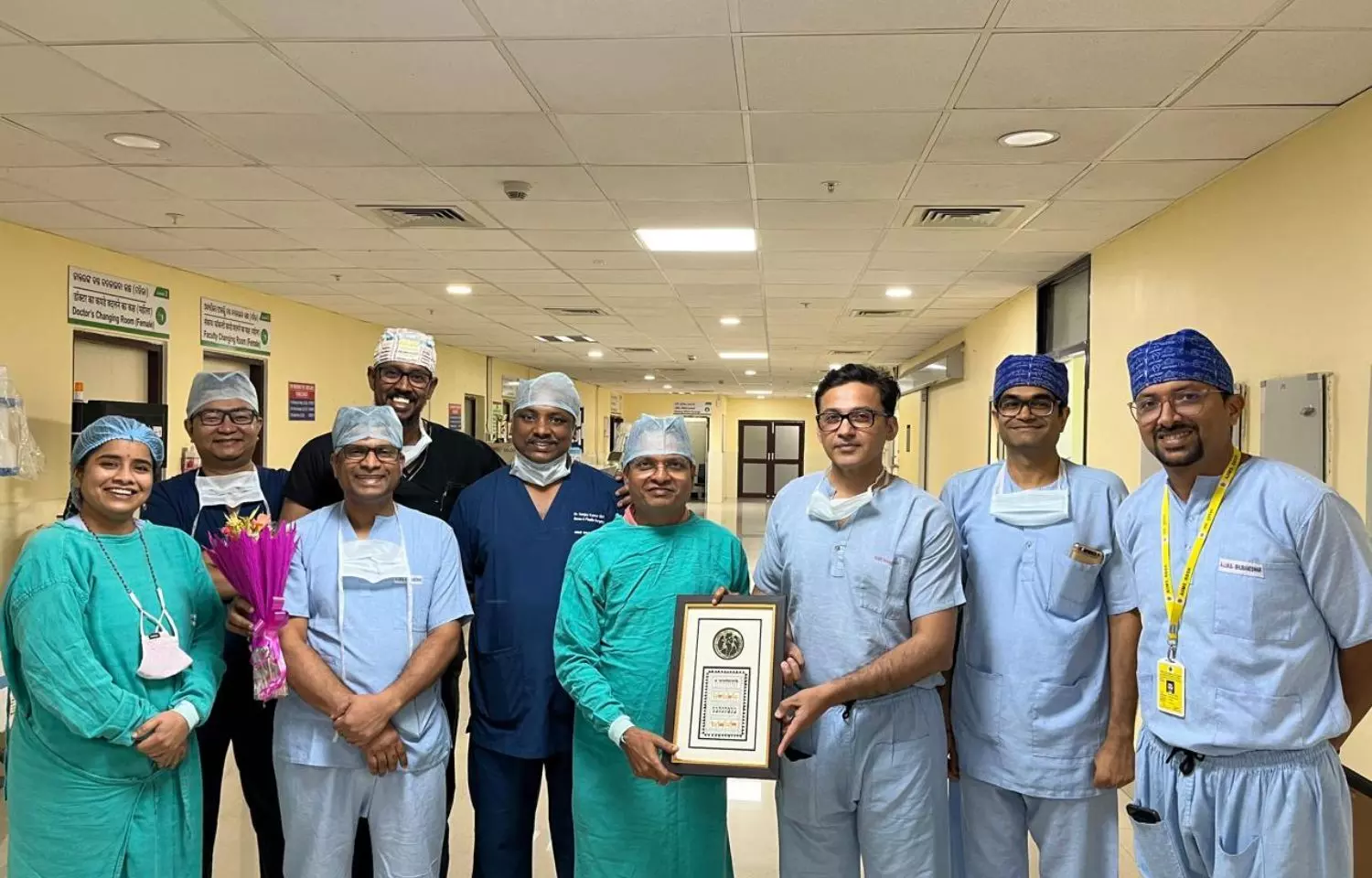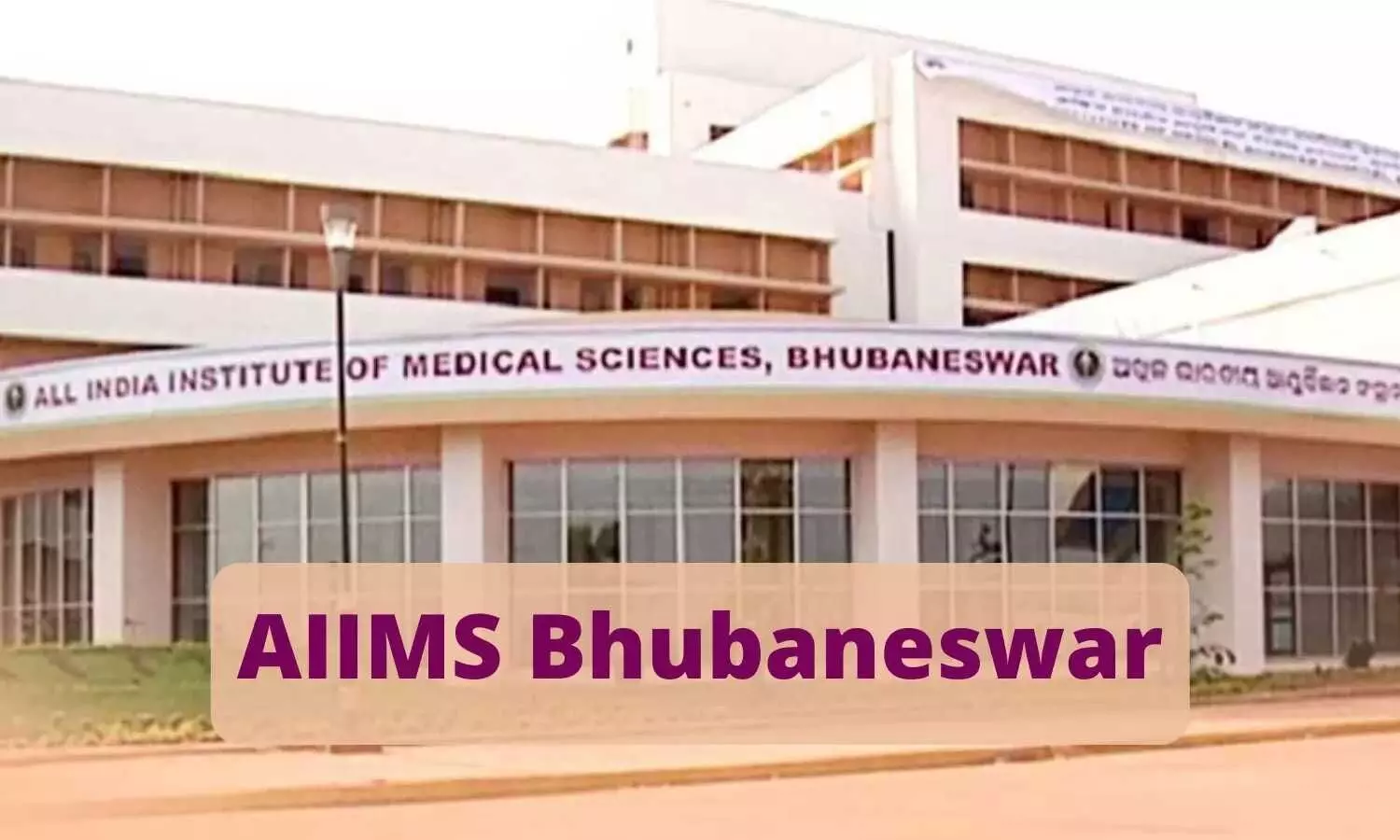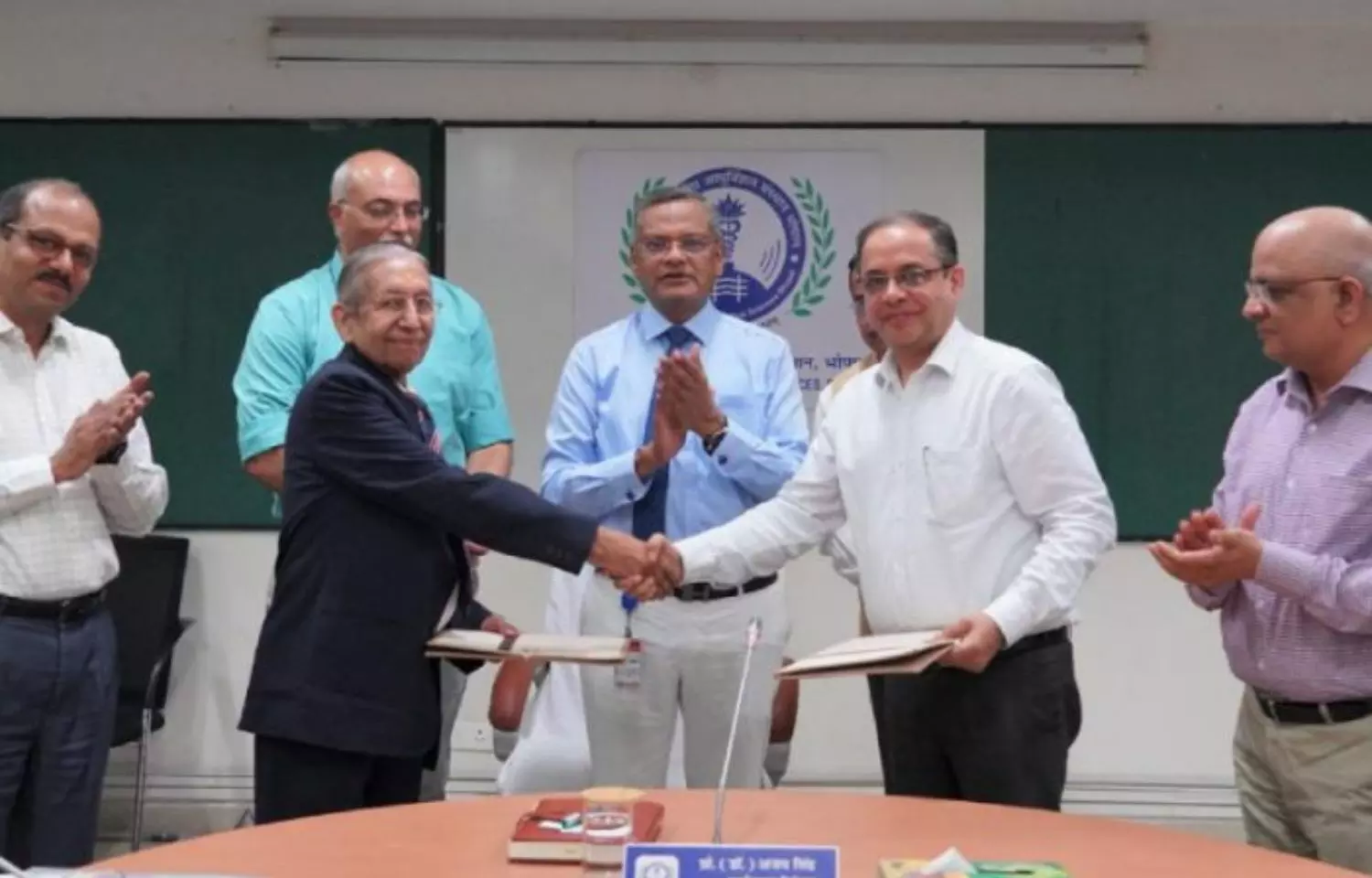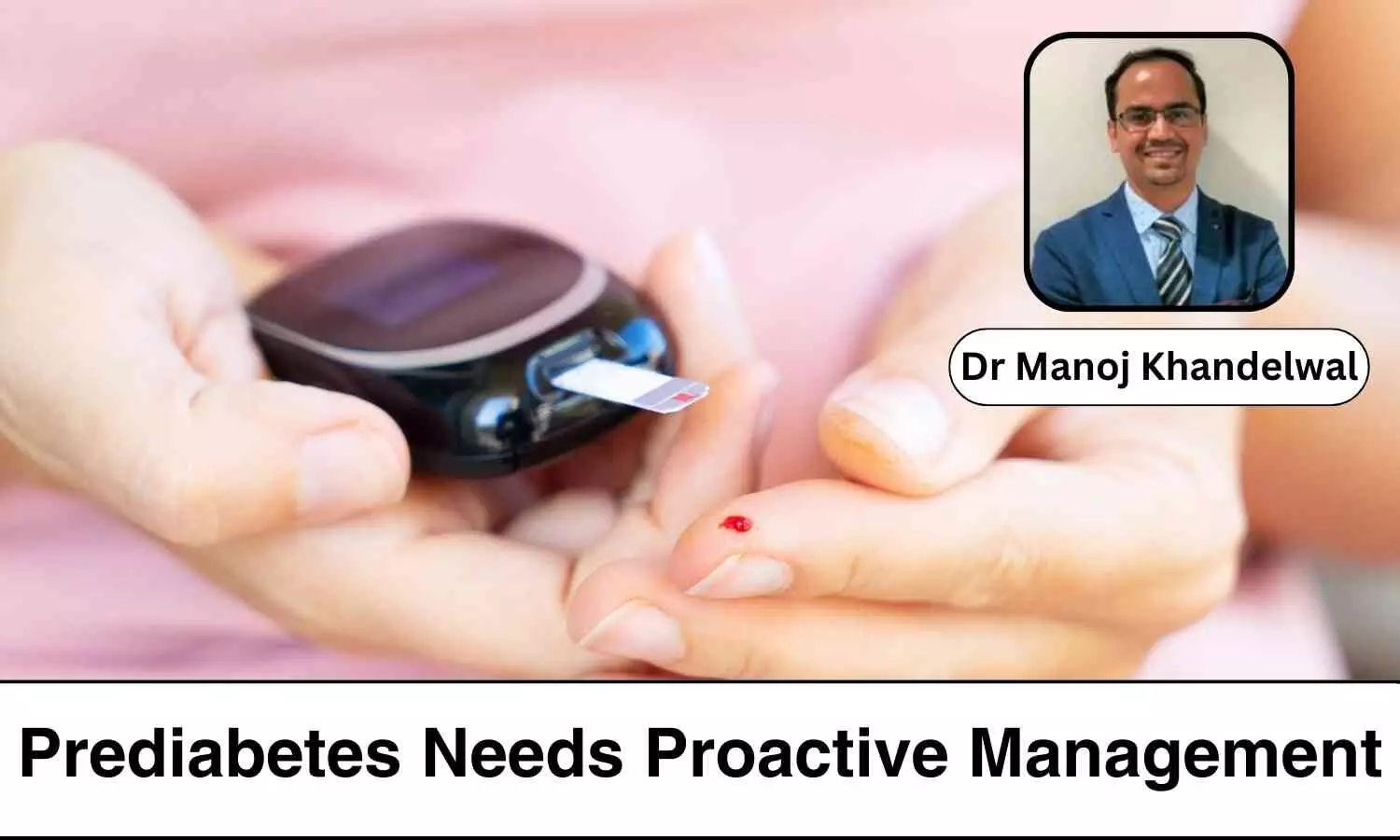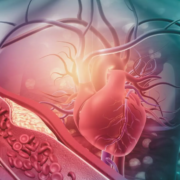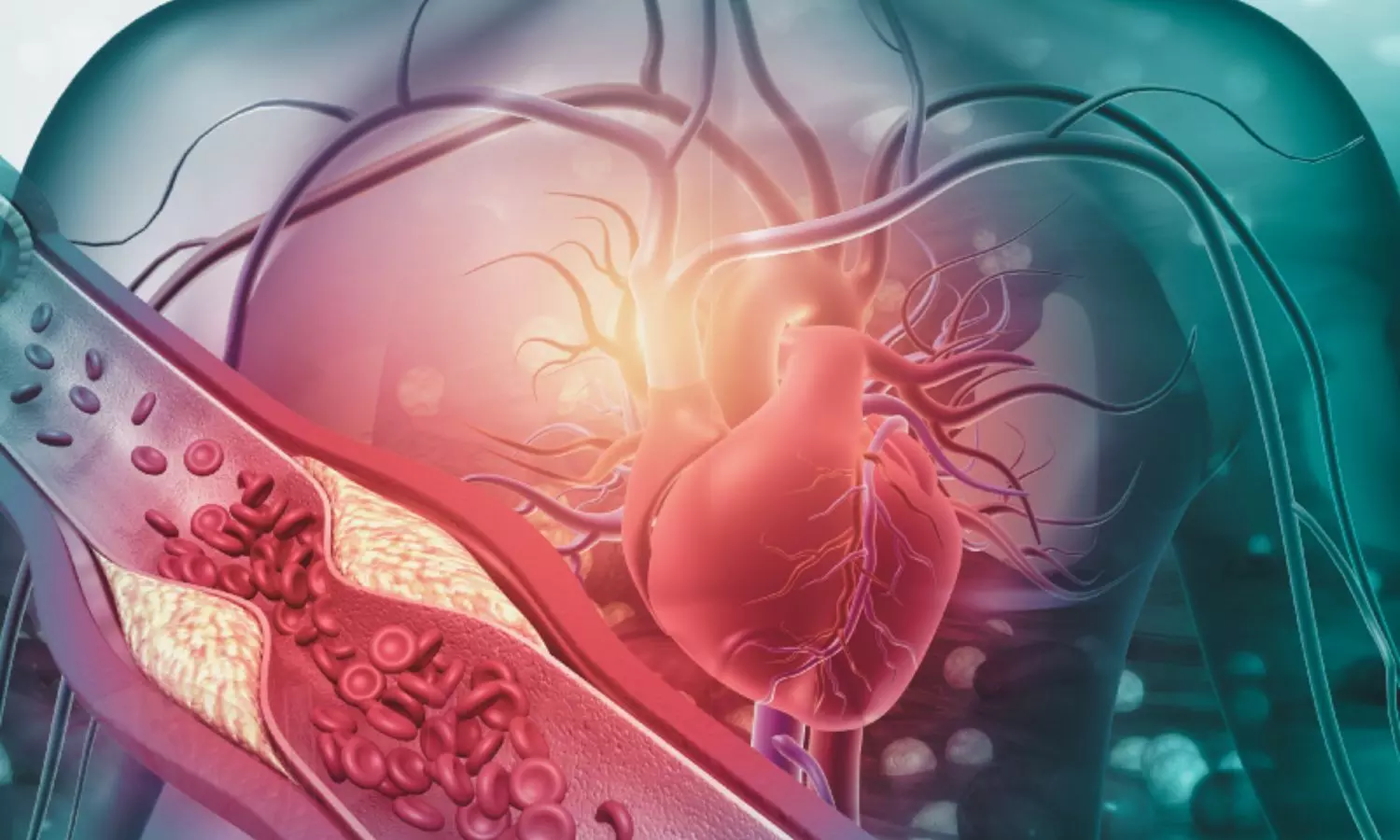Prediabetes, also termed
intermediate hyperglycemia or non-diabetic hyperglycemia, a high-risk state for
developing diabetes, is defined by glycaemic variables that are higher than
normal but lower than the thresholds for diabetes. It includes impaired fasting
glucose (IFG) and impaired glucose tolerance (IGT).
According to the
American Diabetes Association (ADA), IFG 100-125 mg/dL (5.6 and 6.9 mmol/L) and
HbA1c 5.7-6.4% (39 and 47 mmol/mol) are diagnostic of prediabetes.
The World
Health Organization (WHO) defines an IGT 140-199 mg/dL (7.8 and 11.0 mmol/L)
and an IFG 110-125 mg/dL (6.1 and 6.9 mmol/L) as intermediate hyperglycemia.
Prediabetes Deserves More Attention
The prevalence of prediabetes is
increasing worldwide. According to the ICMR-INDIAB-17 study, the prevalence
of prediabetes in India is 15.3%, higher than the prevalence of diabetes
(11.4%), which makes prediabetes a bigger problem than type 2 diabetes itself.
The weighted prevalence of IFG (as per WHO cut-off) is much more than the IGT
(10·1% vs 3·3%). IFG prevalence is significantly higher among females and IGT
among males, but with similar trends in urban and rural areas.
Prediabetes Likely to Progress to Diabetes
The annual conversion rate of
prediabetes to diabetes is 5%- 10% (3). About 19.4% of Indian normal glucose
tolerance (NGT) patients developed diabetes, whereas 25.7% developed
prediabetes, a total conversion rate to dysglycemia of 45.1%.
Given these circumstances,
a better awareness of prediabetes could benefit early identification and timely
management, thereby lowering the development of diabetes and associated
complications.
Indian Risk Factors for Prediabetes
Often, the risk of prediabetes
increases with BMI. Obesity and hypertension increase the risk of prediabetes
by 6.75% and 1.35%, respectively, in India.
Other Indian risk factors for
prediabetes include family history of diabetes and gestational diabetes
mellitus, triglycerides (TG) level above 200 mg/dL, and high-density
lipoprotein-cholesterol (HDL-C) level less than 35 mg/dL.
What Other Clinical Risks Ensue If Prediabetes is Not
Treated?
Prediabetes increases the risk of
all-cause mortality and the incidence of cardiovascular outcomes, coronary
heart disease, stroke, chronic kidney disease, cancer, and dementia.
Prediabetes increases the risk of
cardiovascular disease and all-cause mortality. A meta-analysis evaluating the
association between prediabetes and the risk of all-cause mortality and
incident cardiovascular disease indicated that in the general population,
prediabetes was associated with an increased risk of all-cause mortality
(relative risk/RR 1.13), composite cardiovascular disease (RR 1.15), coronary
heart disease (RR 1.16), and stroke (RR 1.14) in a median follow-up time over
9.8 years.
In patients with atherosclerotic cardiovascular disease, prediabetes
increased the risk of all-cause mortality (RR 1.36), composite cardiovascular
disease (RR 1.37), and coronary heart disease (RR 1.15) in a median follow-up
time of 3.2 years.
Therefore, timely screening and proper management of
prediabetes might contribute to primary and secondary prevention of
cardiovascular disease. Diabetic
retinopathy is found to be present in about 6% of Asian Indians with
prediabetes. It is further noted that higher HbA1c values among individuals
with prediabetes doubled the risk for diabetic retinopathy.
Screening of Prediabetes
American Diabetes Association
Standard of Care-2024: The American Diabetes Association Standard
of Care-2024 suggests that the testing for prediabetes should be done in
adults with overweight or obese (BMI ≥25 kg/m2 or ≥23 kg/m2 in Asian American individuals) who have
one or more risk factors, including first-degree relative with diabetes,
history of cardiovascular disease, hypertension (≥130/80 mmHg or on therapy
for hypertension), HDL cholesterol level <35 mg/dL (<0.9 mmol/L) and/or
a triglyceride level >250 mg/dL (>2.8 mmol/L), individuals with
polycystic ovary syndrome, physical inactivity, and other clinical conditions
associated with insulin resistance (e.g., severe obesity, acanthosis
nigricans).
Indian Consensus on Prediabetes: The Indian Consensus Statement on
Approach and Management of Prediabetes in India suggested using the Indian
Diabetes Risk Score (IDRS) to screen prediabetes with clinical risk factors.
The score predicts the probability of diabetes based on four simple parameters:
age, abdominal obesity, family history of diabetes, and physical activity.
Latest International Diabetes
Federation 2024 Position Statement: A new position
statement from the International Diabetes Federation advises using 1-hour
post-load plasma glucose (as defined by plasma glucose ≥ 155 mg/dL [8.6 mmol/L]) to improve the identification of people at
risk for developing T2D, the risk for micro- and macrovascular complications
and mortality, obstructive sleep apnoea, cystic fibrosis-related diabetes
mellitus, metabolic dysfunction-associated steatotic liver disease and
severity of hepatic fibrosis.
The statement also noted that the 1-hour post-load
plasma glucose also provides an opportunity for earlier detection and
intervention in high-risk populations, benefits from lifestyle and
pharmacologic interventions to reduce progression to T2D, and even reduces
diagnostic complexity and confusion with current diagnostic criteria for
intermedia hyperglycemia.
Pharmacotherapy as an Adjunct to Lifestyle Therapy: Lifestyle interventions can modify
the progression of individuals towards overt diabetes, and it is known to
reduce prediabetes by 58%. However, lifestyle interventions are centred around
very intensive diet and adherence.
Pharmacotherapy may be required and
important in patients with severe hyperglycemia, individuals more susceptible
to worsening dysglycemia, developing diabetes, developing CV complications, or
having positive family history of diabetes.
Metformin in Prediabetes: Metformin is the pharmacological agent recommended for preventing
or postponing T2D. The Indian Council of Medical Research (ICMR) and Research
Society for the Study of Diabetes in India (RSSDI) recommend Metformin in
prediabetes primarily for preventing T2D and delaying the onset of T2DM,
secondary prevention of prediabetes, and primordial prevention of vascular ill
health when metformin is given to prediabetes patients to prevent vascular
complications.
The current ADA guidelines state
that metformin should be considered in those with prediabetes, especially with
BMI >35 kg/m2, age above 60 years, women with prior gestational
diabetes mellitus, and individuals where lifestyle intervention is
insufficiently effective in reducing body weight and improving glucose
tolerance. The RSSDI guidelines recommend considering metformin at the dose of
500mg twice daily.
Metformin
is Drug Controller General of India (DCGI) approved in the management of
prediabetes for reducing the risk or delay of the onset of T2DM in adults,
overweight patients with IGT, and/or IFG, and/or increased HbA1C who are at
high risk for developing overt T2DM and still progressing towards T2DM despite
implementing intensive lifestyle changes for 3 to 6 months.
Impact of Prediabetes Awareness Program: Prediabetes awareness and knowledge
are significantly inadequate in India. A survey among Indian individuals with prediabetes showed that 90% had poor knowledge about prediabetes, which
indicated that large-scale prediabetes screening and management programs are
urgently needed.
The survey also noted that implementing prediabetes education
programs increased the self-management skills among people living with
prediabetes. The study concluded that a prediabetes education program could
significantly improve knowledge, attitude, and self-management practices among
Indian people living with prediabetes and could be an effective strategy to
prevent diabetes in this high-risk population.
ACT Against Prediabetes: Practice Pointers
- Prediabetes, a precursor for diabetes, has a higher
prevalence than diabetes (15.3% vs 11.4%) in India.
- Obesity and hypertension are the two common risk factors for
prediabetes.
- Prediabetes increases the risk of cardiovascular disease,
all-cause mortality, and diabetic retinopathy.
- Early diagnosis and treatment of prediabetes aggressively
with appropriate drugs, when indicated, are the key for the management of
prediabetes.
- Metformin is approved by DCGI India
and is also approved in the United Kingdom and European Union for the
management of prediabetes.
- Prediabetes education programs could
significantly improve knowledge, attitude, and self-management practices among
Indian people living with prediabetes.
